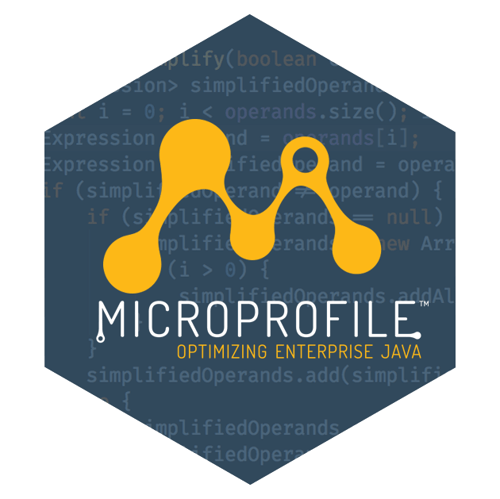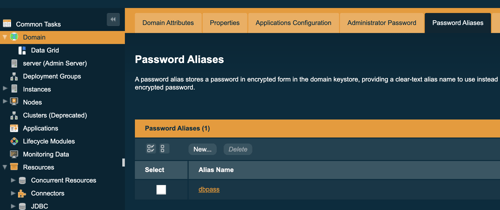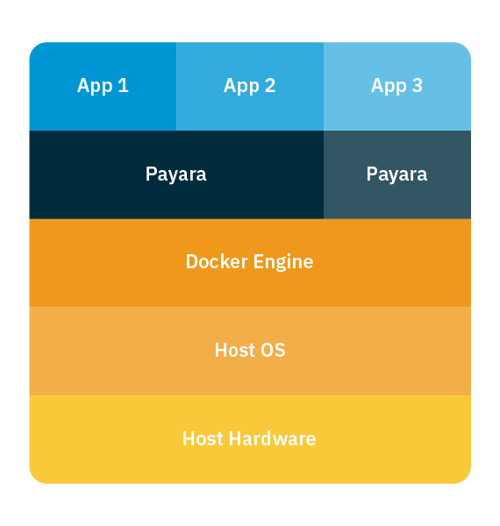Deploying to Payara Deployment Group Using the Maven Cargo Plugin
Published on 12 Mar 2021
by Rudy De Busscher
Topics:
Clustering,
Payara Server 5,
deployment group
|
2 Comments
Introduction
The Apache Maven Cargo Plugin allows you to deploy your application to a Payara Server, running locally or remotely. Using Maven as a build tool is an easy way to immediately deploy the application during the build to a test or production server.
We have created a custom version of the Cargo Plugin which also supports the Deployment Group feature of the Payara Server.
Cleanup JBatch Job Execution Data with New Asadmin Tool Command
Published on 18 Feb 2021
by Rudy De Busscher
Topics:
Production Features,
JakartaEE,
New Releases
|
0 Comments
The JBatch Jakarta EE specification describes the process of how background jobs can be executed on a Jakarta EE compatible runtime. Using the Batch Specification, the runtime can execute some jobs that don't require any user input. Most of the time they are scheduled to execute at a certain moment of the day, but they can be triggered on-demand.
Work Around Solution For: MicroProfile Fault Tolerance Annotations Not Applied to Rest Client Interface
Published on 05 Feb 2021
by Rudy De Busscher
Topics:
MicroProfile
|
0 Comments
Hide Passwords with Password Aliases in Payara Server
Published on 28 Jan 2021
by Rudy De Busscher
Topics:
Admin,
Payara Server
|
1 Comment
Introduction
When performing the configuration of the Payara Server for your application, you often need to supply a password. The password to connect to the database is a classic example, but there are many situations where you need to enter this kind of sensitive data.
With Payara Server, you have the option to hide this kind of sensitive data from the user, so that this information is much better secured.
14 Docker Tips for the Payara Platform
Published on 15 Jan 2021
by Rudy De Busscher
Topics:
Docker
|
0 Comments
New Upgrade Tool in the Payara Server Enterprise 5.24.0 Release
Published on 13 Jan 2021
by Rudy De Busscher
Topics:
Upgrade,
New Releases,
Payara tools,
Upgrade Tool
|
0 Comments
The January Payara Platform Enterprise Edition release (request here) includes 6 bug fixes and 1 component upgrade along with the introduction of a new CLI Upgrade Tool. You can see a more detailed overview of the fixes and improvements in the Payara Platform Enterprise Edition 5.24.0 in teRelease Notes here.
How to Use Eclipse Transformer to Convert a 3rd Party Library to the New Jakarta Namespace
Published on 07 Jan 2021
by Rudy De Busscher
Topics:
Java EE,
JakartaEE
|
0 Comments
Introduction
The release of Jakarta EE 9 breaks a tradition of Java Enterprise. A legal requirement of the Java EE code donation from Oracle to the Eclipse Foundation is the change of the namespace of javax to jakarta.
But the change of the package and XML namespace in Jakarta EE 9 is only the beginning. The change of the namespace allows for new development and functionality, but all frameworks and libraries using one of the Java Enterprise specifications also need to be adjusted to the new version.
Using Flight Recorder with Payara Server 5
Published on 27 Oct 2020
by Rudy De Busscher
Topics:
Payara Server,
Payara Server 5 Basics
|
0 Comments
There are a lot of monitoring and alert mechanisms available within Payara Server. For example, it is possible to report user requests or database calls that take too long, or to report when high CPU or high memory usage occurs. But it is sometimes not easy to identify 'why' a request takes such a long time.
6 Reasons to Choose Payara Server Instead of WebLogic Server
Published on 11 Aug 2020
by Rudy De Busscher
Topics:
Migration,
WebLogic
|
0 Comments
Both Payara Server and Oracle WebLogic servers can be considered classic application servers, but in addition to running classic Enterprise applications on Payara Server, it also complies with more recent trends in the industry. In this blog, we'll cover 6 technical reasons why you should choose Payara Server over WebLogic:
MicroProfile OpenTracing with Jaeger
Published on 26 May 2020
by Rudy De Busscher
Topics:
Microservices,
MicroProfile
|
0 Comments
.jpg)









